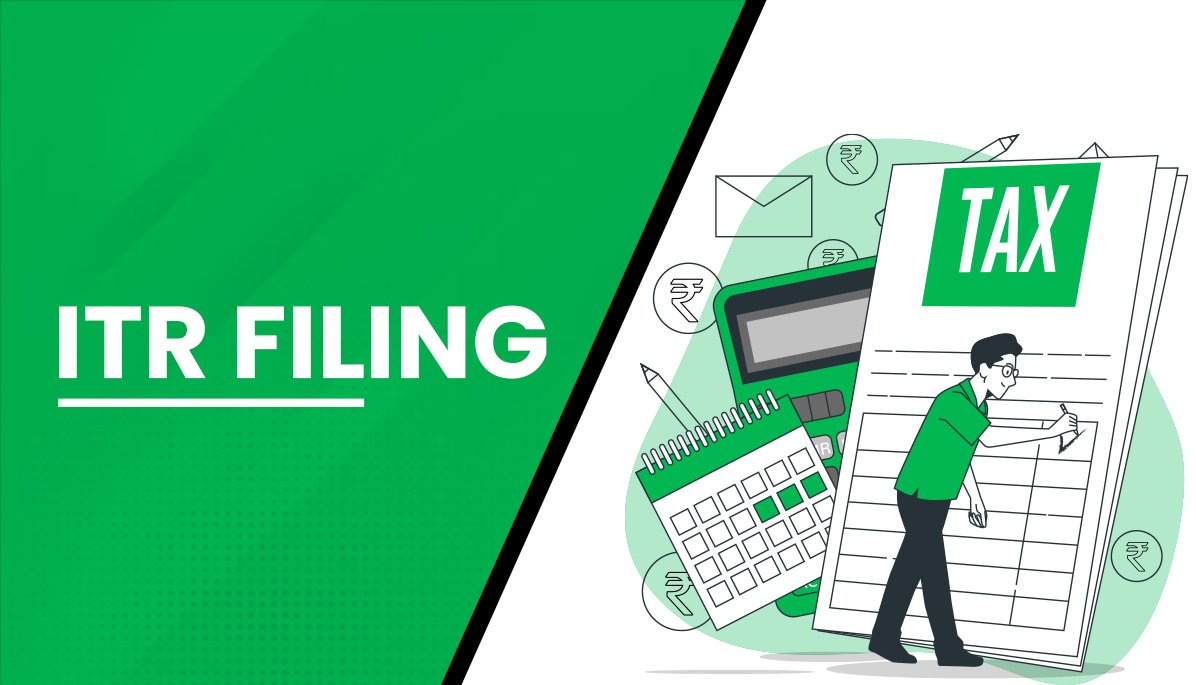In India, the Income Tax department collects taxes from individual taxpayers as well as corporates based on their income. The government uses this tax collected for constructing roads and infrastructure, for the welfare of the citizens and to meet their long-term and short-term expenditures.
The government brought the new tax regime in the 2020 budget. And many changes were brought in this new tax regime in the 2023 budget. But the majority of deduction which were available in the old tax regime is now not available in the new tax regime.
Due to the deductions offered, the old tax regime is still beneficial for people earning higher incomes. In this article, we will learn about the deduction in the old tax regime.

What is the Old Tax Regime?
In 2020 the new tax regime was introduced by the Government of India. The tax system that prevailed before the introduction of the new tax regime is called as Old Tax Regime. Around 70 exclusions and deductions are available in the old tax regime. This can reduce your overall tax liability. You can calculate your tax liability through the income tax calculator available online.
Deductions Allowed under Old Tax Regime
There are around 70 exclusions and deductions allowed in the old tax regime. Let’s have a look at the main ones:-
#1 Section 80C
One of the most popular deductions under the old tax regime is Section 80C of the IT ACT. This section has a variety of deductions for expenses and investments. Some of the investments eligible for deduction under Section 80C are ELSS funds, Tax Saving Bank Fixed deposits, PPF, Senior Citizen Savings Scheme, National Savings Certificate, Sukanya Samrddhi Yojana etc.
Apart from investments, certain expenses are also eligible for deduction under this section. These expenses are home loan principal amount, children’s education, life insurance premium etc. A taxpayer can claim the deduction in this section for a maximum amount of ₹1.5 lakhs.
#2 Section 80D
This section allows deductions for the health insurance premium paid by an individual for self, spouse, children and dependant parents. The deduction here is determined by the age of an individual and their dependent parents. The deduction ranges from ₹25000 to ₹100000.
#3 Section 80CCD
This section allows a deduction for NPS. NPS is a government scheme which provides retirement solutions to Indian citizens. Section 80CCD allows for the deduction of up to ₹50000 for the amount of money you deposit in the NPS scheme. This is apart from the deduction allowed under Section 80C.
#4 Section 80E
Interest on education loans is deductible as per this section. If you are paying interest on an education loan taken for yourself, spouse or children then you are eligible for deduction under Section 80E. There is no maximum deduction limit. Whatever interest is paid during the financial year for an education loan is deductible.
#5 Section 80TTA
This section allows a deduction to an individual as well as a HUF for the interest income from a savings account in the bank, cooperative society as well as the post office. The maximum deduction allowed is ₹10000.
#6 Section 80EE and Section 80EEA
The government brought this section to reduce the tax burden of first-time home buyers. First-time home buyers can claim deductions up to ₹50000 and ₹150000 under Section 80EE and Section 80EEA for interest on home loans paid.
#7 Section 24
The section allows a deduction for the interest paid on a home loan in the financial year. The maximum deduction limit is ₹200000. This is in addition to the deduction permitted under section 80 C.
#8 Section 80G
This section allows a deduction for the charity and donations done by the taxpayer to any charitable trust or institution or any relief fund. The deduction can be between 30% to 100% depending on the nature of the trust or institution.
All donations are not qualified for deduction under Section 80G. Only donations that have been made to specific funds or trusts as prescribed are eligible for deduction.
#9 Section 80GGB and Section 80GGC
Contributions made by taxpayers to any political party are eligible for deduction under section 80GGB (for companies) and 80GGC (for individual taxpayers). The entire donation amount is eligible for deduction. But the condition is that this donation shall not be in cash. It can be online, through debit card or credit card or through demand draft and cheque.
Conclusion
As a taxpayer, you have the option to select between the old tax regime and the new tax regime. The old tax regime comes with deduction benefits. By selecting the old tax regime, you can reduce your overall tax liability. You can calculate the tax liability by using the income tax calculator available online. This is more beneficial if you fall into a higher income group.

